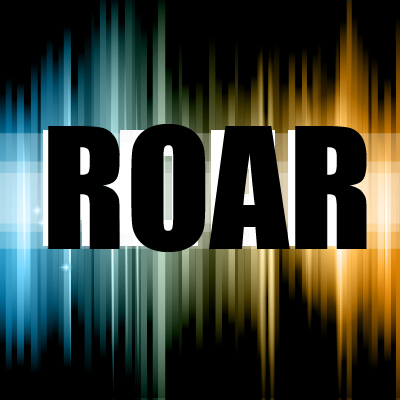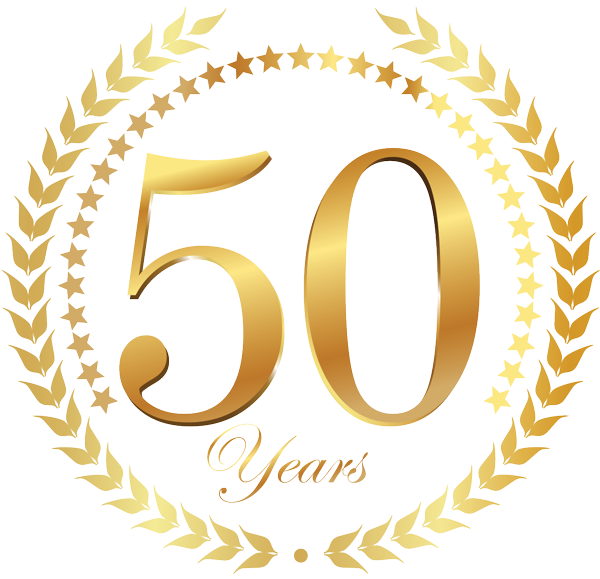 In civil financial cases that involve following money—deposits or disbursements— through bank and brokerage accounts, the testifying expert is provided with the legal documents, discovery documents (bank, brokerage statements, and credit card statements), admissions to interrogatories, and deposition testimonies. The records—preferably in PDF format with Bates numbers, are provided for review, organization, analysis, and reporting (ROAR). The expert will advise the attorney of what additional information and documentation he/she will need to arrive at various opinions. He/she will also discuss what testimony, via deposition, will be needed to aid the development of evidence and of his/her opinions.
In civil financial cases that involve following money—deposits or disbursements— through bank and brokerage accounts, the testifying expert is provided with the legal documents, discovery documents (bank, brokerage statements, and credit card statements), admissions to interrogatories, and deposition testimonies. The records—preferably in PDF format with Bates numbers, are provided for review, organization, analysis, and reporting (ROAR). The expert will advise the attorney of what additional information and documentation he/she will need to arrive at various opinions. He/she will also discuss what testimony, via deposition, will be needed to aid the development of evidence and of his/her opinions.
Records
The discovery of records and testimony is necessary to have an overall understanding of what transactions have taken place and why. The flow of discovery is important to the expert. It cannot generally be controlled, yet, the better the flow of discovery, the easier the development of the facts from the evidence, and therefore, less impact on the client’s budget. As is necessary, an attorney should subpoena third-party records that the defense appears reluctant to produce.
Organize
The expert witness organizes and reviews the documents and prepares an inventory of the records to allow them to be searched and retrieved efficiently. Original records are retained and copies of the records necessary for the report of the expert are maintained separately. Secure online cloud services are very beneficial for the review of records and testimony.
Analyze
The expert witness prepares a number of detailed analyses of the bank, brokerage, credit card records, income tax returns, contracts, and other pertinent records. The detail is then reduced into a summary for ultimate presentation in a report, or if necessary in court, as a summary of voluminous records.
The expert has in mind Rule 1006 in the Federal Rules of Evidence Article X, regarding contents of writings, recordings, and photographs. The rule allows the proponent to use a summary, chart, or calculation to prove the content of the voluminous records in an effort to aid the court in examining the records. The original records must be available for examination or copying by both parties at a reasonable time and place and available in court.
Report
Depending on the circumstances, some attorneys prefer to have a detailed report containing a rendition of the evidence as viewed by the expert, referenced to the exhibits, and followed by the opinion of the expert. Other attorneys prefer to submit a list of opinions of the expert without the references to the exhibits. For the expert, it makes no difference because he/she must support their opinions with references to exhibits and an explanation of the observed facts.
The report must meet all the required criteria under FRCP 26(a)(2)(B) or other rules, including:
- a complete statement of all opinions to be expressed;
- the basis and reasons for the opinions;
- the data or other information considered;
- any exhibits to be used in summary of the opinions;
- any exhibits to be used as support for the opinions;
- the qualifications of the expert witness;
- a list of all publications authored by the witness in the preceding ten years;
- the compensation to be paid for the study and testimony;
- a listing of any other cases in which the witness has testified as an expert at trial or by deposition within the preceding four years.
The expert will be deposed by the defendant’s attorney. The expert should have an understanding of the case that allows him/her to understand completely the nature of what the evidence shows. He or she must remain objective about the evidence and the possibility and necessity to change an opinion in the face of new evidentiary disclosures.
At trial, the plaintiff’s attorney will present the expert witness to the judge and jury. It is important for the expert witness to develop rapport with the judge and the jury. After testimony about the CV of the expert to demonstrate the knowledge and experience of the witness, the attorney will seek through testimony the transactions that are under scrutiny and demonstrate the voluminous nature of the records reviewed. The attorney will lay a proper predicate through the testimony of the expert along with demonstrative evidence that capsulates the salient transactions and the court will generally admit the evidence.
At times, the defense does not produce its own expert, but instead through a hypothetical presentation, will require the expert to present the defense’s theory of the transactions. The expert must be on guard to express that the considerations are all based on a hypothetical presentation and avoid allowing the attorney to plant statements that the expert adopts. This is a difficult situation and can be time consuming because the revised computations are made from the witness stand.
Sage Investigations has been in these situations and through the use of reliable principles, methods, and specialized knowledge, has helped the court understand the voluminous records presented. Sage has been trained by the US Treasury Department. Sage has developed skills, knowledge, and experience through years of participation in federal criminal investigations, the analyses of thousands of financial transactions, and participation in many trials. Sage is unique in being able to glean intent from testimony and records and to ferret out fraudulent transactions and activities.
Let us help you and your clients. Contact Sage Investigations at 512-659-3179 or via email at edmartin@sageinvestigations.com. Over 50+ years of experience in white collar fraud investigations as an IRS Special Agent, Sage Investigations, and Forensic Accountant.


 Call
Call